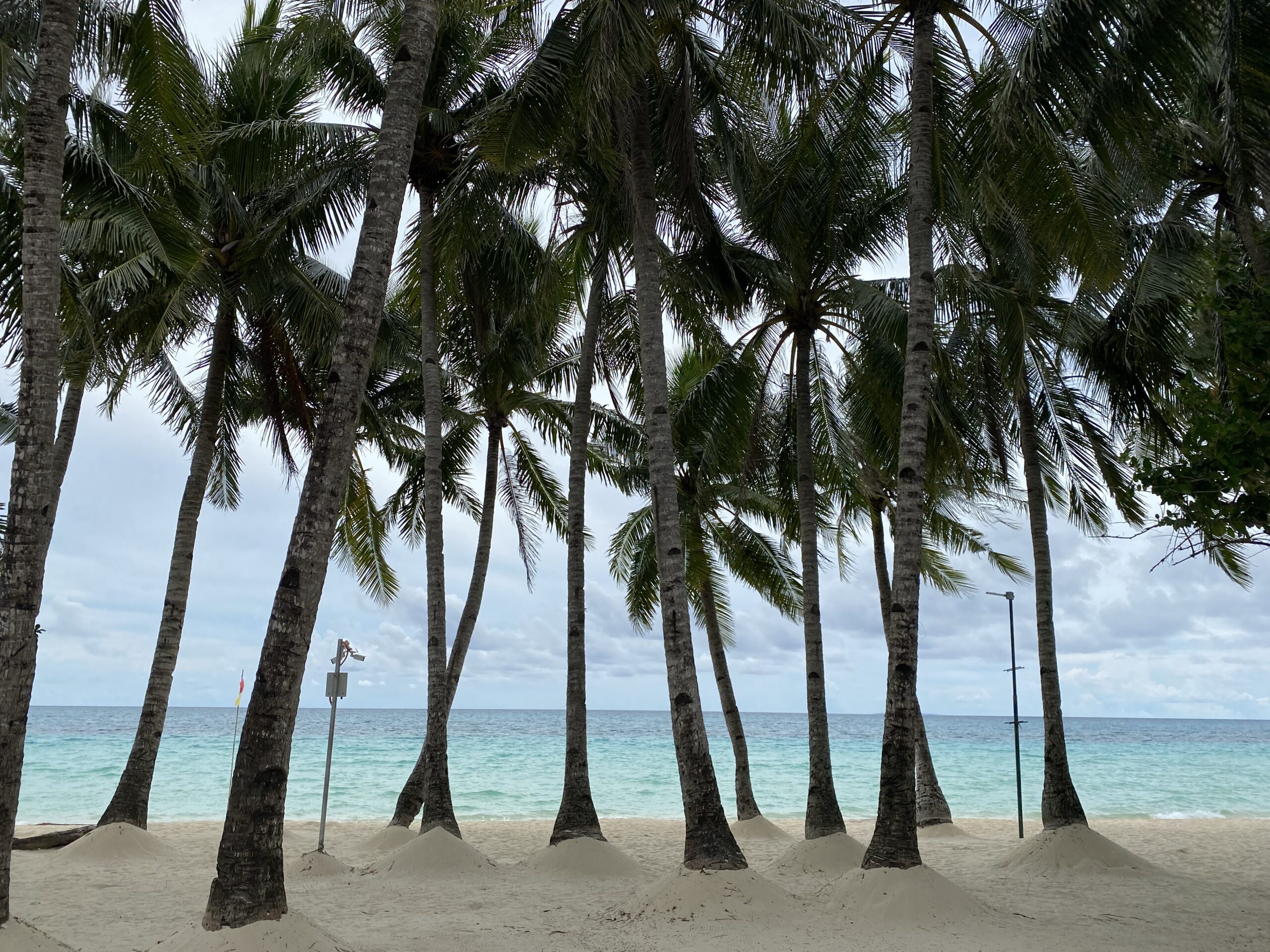Text and photos by Hermes Joy Tunac
Boracay, one of the country’s top tourist draws, officially reopened its doors to local tourists Thursday, signaling the start of the country’s cautious approach to jumpstart the tourism sector, whose steady growth was stalled when the COVID-19 pandemic hit nearly seven months ago.
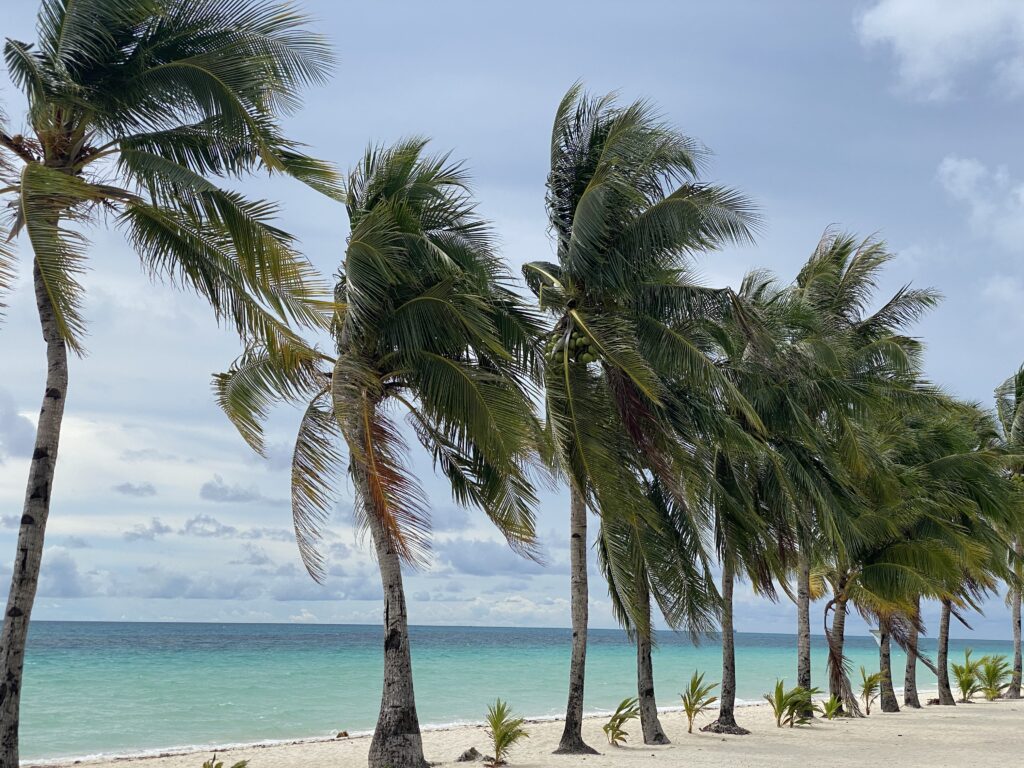
Spearheading the world-famous island’s reopening are the Department of Tourism (DOT), the Department of Interior and Local Government (DILG) and the Boracay Inter-agency Task Force (BAITF).
This development came after a meeting convened by Department of Environment Secretary and concurrent BAITF Chairman Roy Cimatu, DILG Secretary Eduardo Año and DOT Secretary Bernadette Romulo-Puyat with Aklan Governor Florencio Miraflores. Both Año and Puyat are also co-vice chairpersons of BAITF.
“The reopening of Boracay to new market sources signals a gathering momentum for domestic tourism all over the country. We are pleased that the BIATF and the LGUs of the province of Aklan and the municipality of Malay have agreed to put health and safety as the priority, as we carefully and safely welcome more guests to the island,” Secretary Puyat said during a press conference via Zoom.
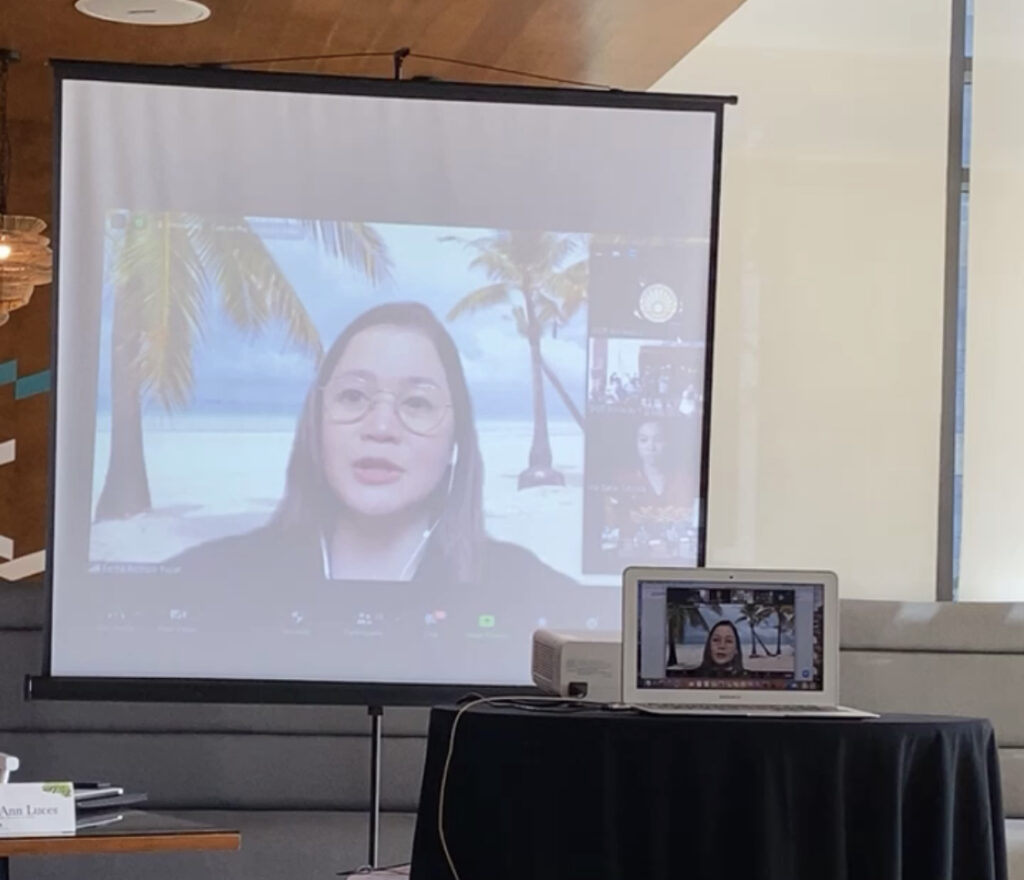
According to sources in the DOT, Puyat was supposed to personally lead Boracay’s reopening, but was advised by her doctors to go on self-quarantine for 10 days because she was recently exposed to a person who tested positive to COVID-19. “Even if the Secretary tested negative in her RT PCR test on Monday, Sept. 28, and showing no symptoms of the virus, she is exercising all necessary precautions for the safety of everyone, ” the insider, who requested not to be identified, said.
In December 2019 alone, the DOT noted that 152,384 foreign and local tourists had visited Boracay, a seven-km. long, 10.32-sq. km. island off Aklan province. All in all, a total 2.2 million tourists visited Aklan in 2019, generating economic activity, jobs and much-needed cash to people within and beyond Boracay.
The island reopened, albeit on a limited scale, last June to local tourists from Western Visayas, the same region where Aklan is located.
To date, 5,030 local tourists within the region have already visited Boracay since June 16. With its official reopening this month, the DOT expects a 40- to 60-percent increase in the number of tourists in the coming months.
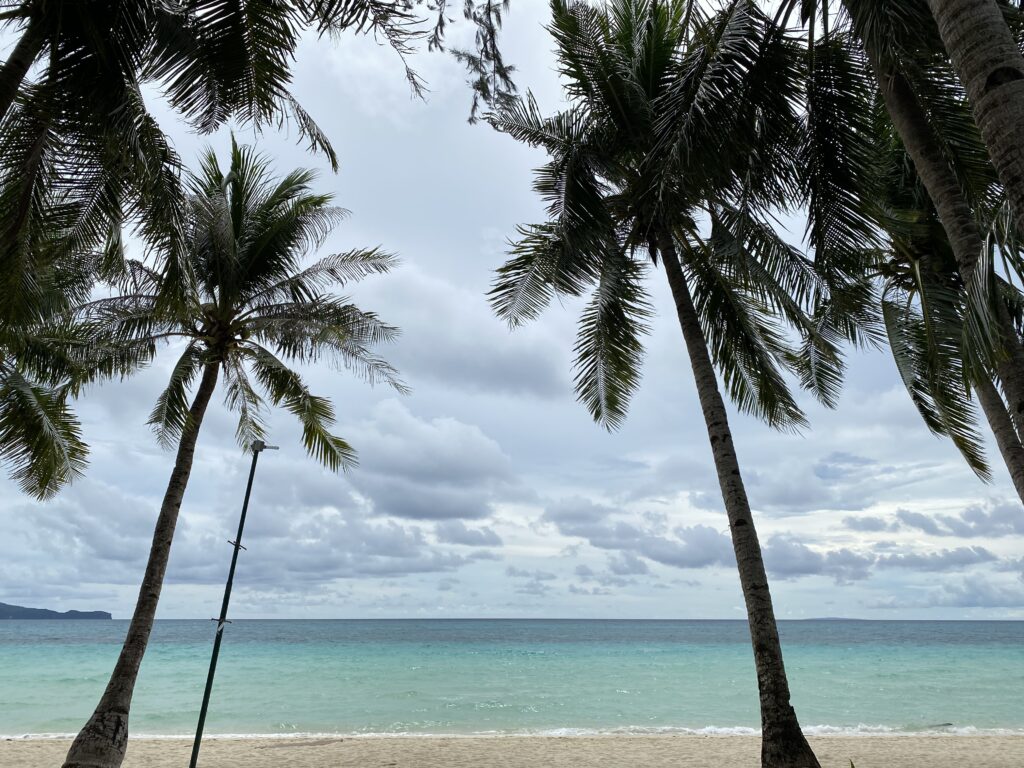
The safe and responsible reopening of Boracay on a broader scale is on top of DOT’s agenda to jumpstart the country’s stalled tourism efforts and generate much-needed economic activity in the region.
Boracay is regarded by many as one of the world’s best island destinations. In its most recent listing, Conde Nast, an influential US-based media company, hailed it as one of the top islands in Asia. In its 2019 Conde Nast Traveler Readers’ Choice Awards, Boracay also claimed the number one spot.
When this reporter had the chance to partly explore Boracay the day before its official reopening, I was immediately reminded why it remains one of Philippine tourism’s crown jewels. Boracay’s long stretch of white sand beach and clear blue waters are right up there among the world’s best.

Adding to its pristine charm, the beach was nearly deserted, except for a handful of guests who were drawn to Boracay’s inviting waters. Most of the establishments were still closed, as well. But this didn’t dampen people’s enthusiasm, as they welcomed the handful of mostly Manila-based journalists visiting them and the island for the first time in months.
“Targeting a safe and calibrated resumption of tourism business and operations, several measures have been prescribed by the Task Force, which include ‘test before travel,’ requiring guests to have a negative RT-PCR result 48 to 72 hours before traveling to Boracay. Also, travelers will be advised to go on a strict quarantine immediately after a test and until the time of travel to the island,” Puyat added.
A COVID-19 Laboratory is now operational at the Dr. Rafael S. Tumbokon Memorial Hospital in Kalibo, Aklan, which forms a part of the network of facilities and services needed in a safe environment for host communities, business stakeholders and tourists.
Since the island’s reopening to travelers from Western Visayas last June 16, the DOT has already issued Certificates of Authority to Operate (CAO) to Boracay’s 202 hotels and resorts, which translate to 4,461 rooms.
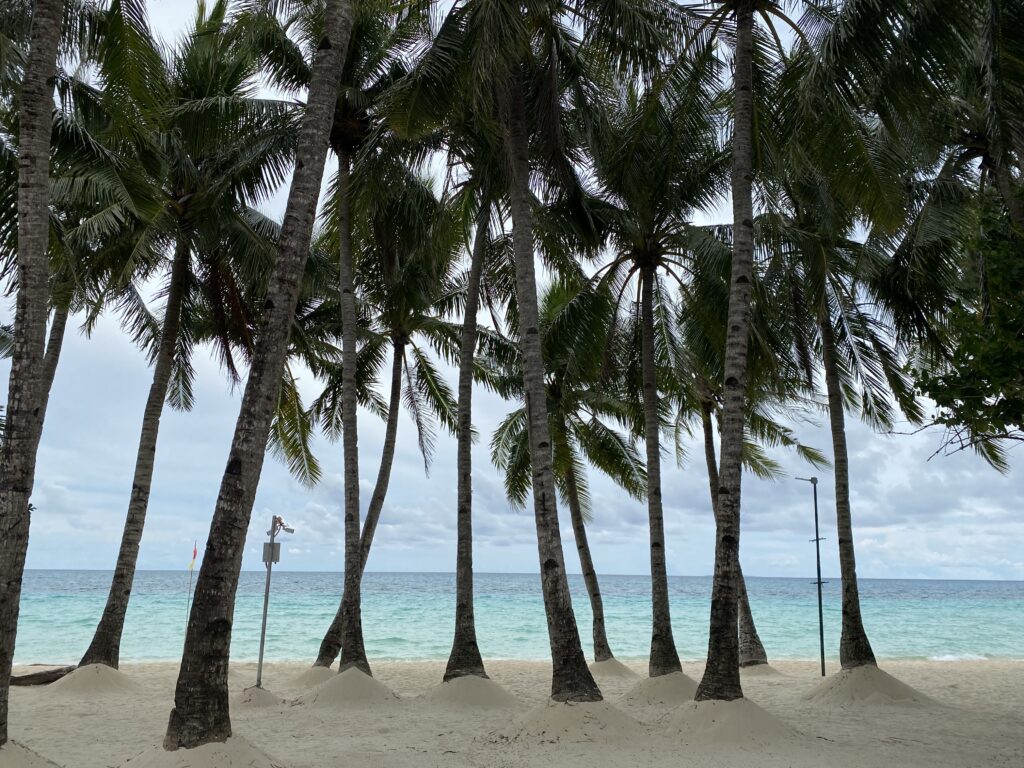
Just like the rest of the establishments on the island, Coast Boracay, one of DOT’s accredited hotels, has been greatly affected financially by the island’s closure to tourists. Many of its employees can’t help but feel emotional about these recent series of developments.
“It’s very sad to be staying in a hotel without guests. For us, hoteliers, its torture. So, please, do visit us and take a break from the anxiety of this pandemic. We’ll keep Boracay safe for you,” Coast Boracay general manager Randy Salvador assures.

